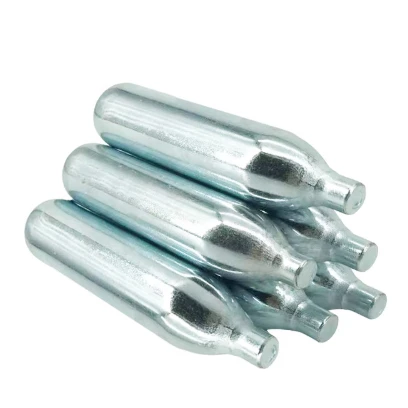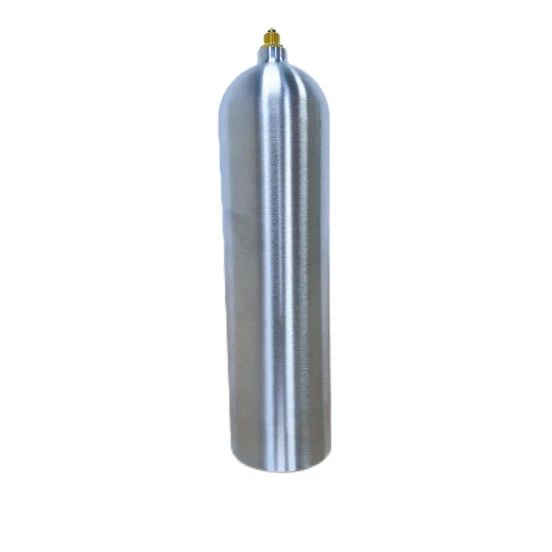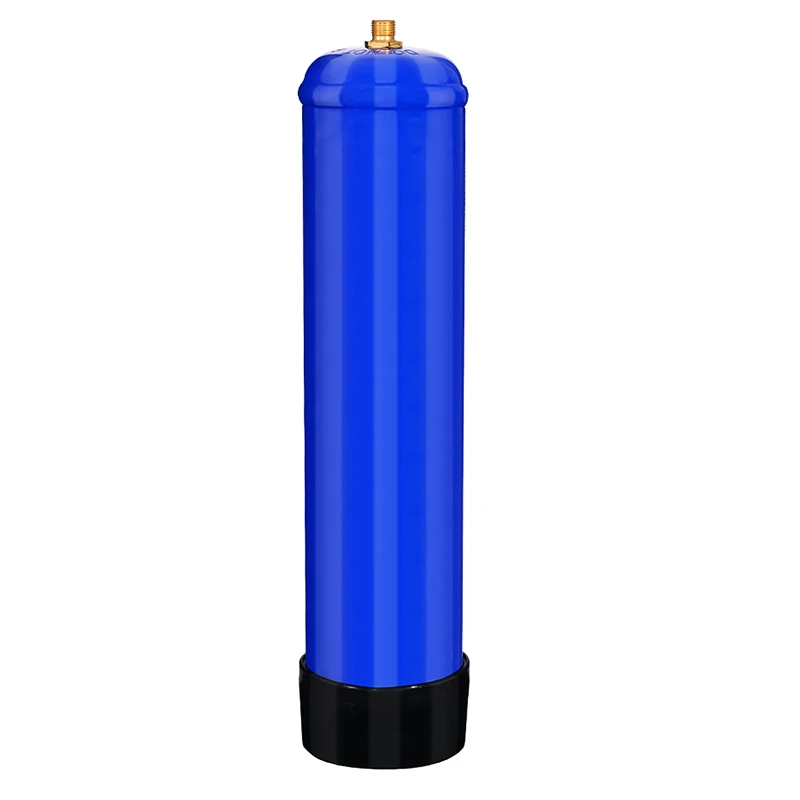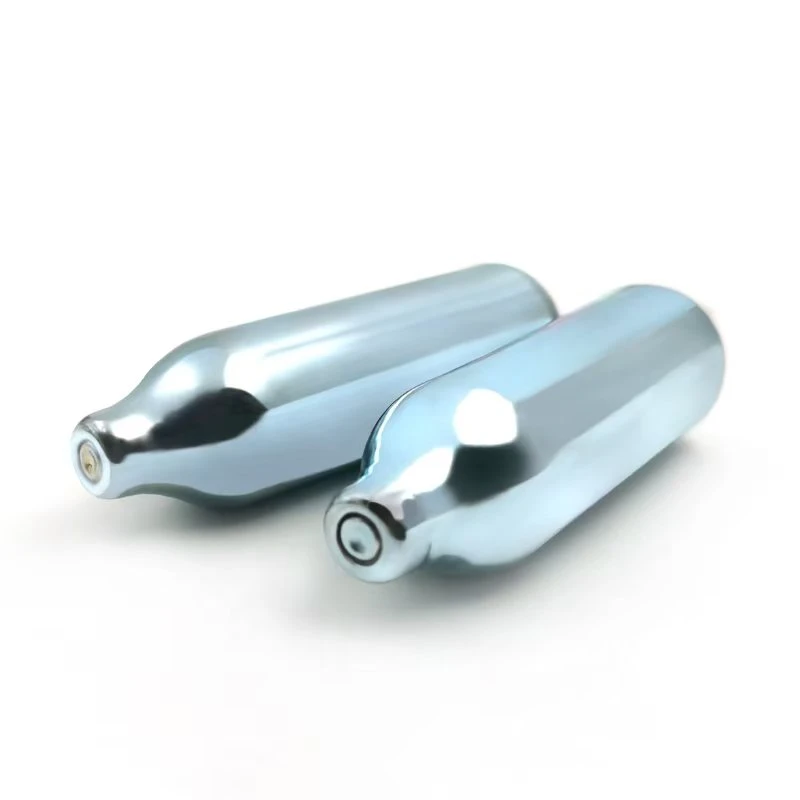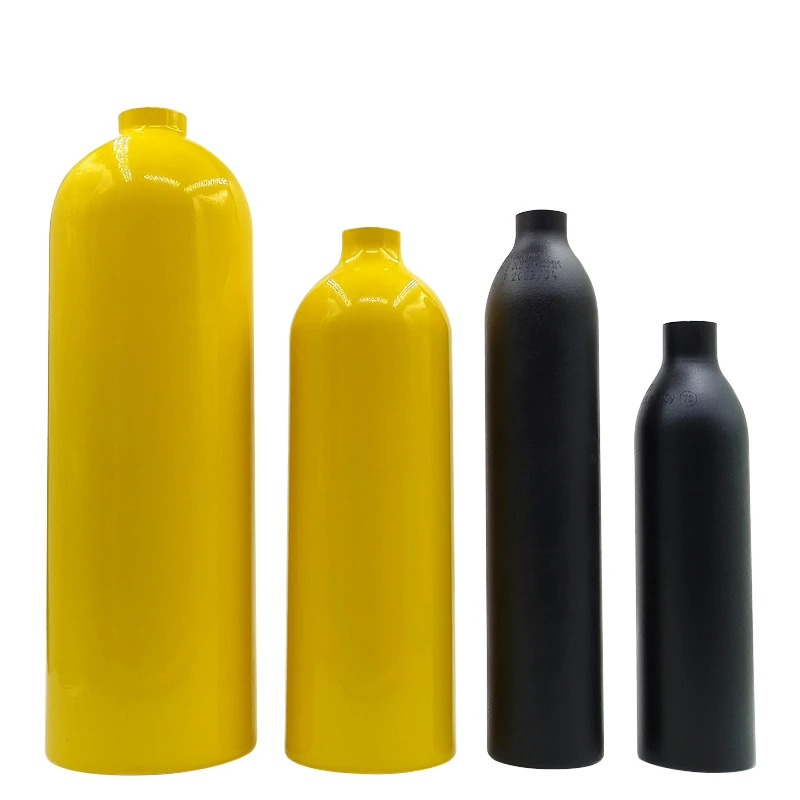
China's Cream Charger Exports Surge: Global Trends Driving Demand
As the global foodservice and hospitality industries rebound, China has solidified its position as the world’s leading exporter of cream chargers, capitalizing on shifting market dynamics and innovative production capabilities. With a compound annual growth rate (CAGR) of 7.2% projected through 2030, Chinese manufacturers are redefining the supply chain for nitrous oxide cartridges. Here’s an in-depth look at the trends propelling this expansion.
📈1. Surging Global Demand for Convenient Food Solutions
The post-pandemic era has seen a 20% year-on-year increase in demand for cream chargers, driven by:
-
Rise of Gourmet Home Dining: Consumers investing in premium DIY desserts and specialty coffee.
-
Café and Bakery Boom: Chains expanding globally require reliable, cost-effective supplies.
-
Ready-to-Drink Beverages: N2O cartridges are critical for nitro cold brews and canned cocktails.
🌏2. Asia-Pacific and Middle East Markets Lead Growth
Emerging economies are becoming key importers:
-
Middle East: Luxury hotel chains and dessert franchises in Dubai and Saudi Arabia rely on Chinese suppliers for bulk orders.
-
Southeast Asia: Rapid urbanization in Vietnam, Thailand, and Indonesia fuels foodservice sector growth.
-
Africa: Rising middle-class demand for Western-style confectionery creates new opportunities.
♻️3. Sustainability as a Market Differentiator
Chinese exporters are aligning with global ESG goals:
-
Recyclable Steel Cartridges: Over 65% of manufacturers now use 100% recyclable materials.
-
Carbon-Neutral Production: Partnerships with renewable energy providers reduce supply chain emissions.
-
EU-Compliant Standards: Adoption of ISO 22000 and REACH certifications to meet stringent regulations.
🤖 4. Technological Innovation in Manufacturing
Automation and smart systems are reshaping production:
AI-Driven Quality Control: Ensuring 99.8% defect-free output.
IoT-Enabled Inventory Management: Real-time tracking minimizes delays for international buyers.
🖥️ 5. E-Commerce and Digital Trade Platforms
Cross-border B2B channels are streamlining procurement:
-
Alibaba and Global Sources: 30% of orders now originate from digital platforms.
-
Blockchain for Transparency: Traceable production batches build buyer trust.
-
Virtual Showrooms: 3D product demos and VR factory tours attract overseas distributors.
🚚 6. Post-Pandemic Supply Chain Resilience
China’s logistics network adapts to global challenges:
-
Regional Warehousing: Strategic hubs in Europe (Rotterdam) and MENA (Dubai) cut delivery times by 40%.
-
Multi-Sourcing Strategies: Dual production bases mitigate geopolitical risks.
-
Just-in-Time Delivery: AI-powered demand forecasting optimizes stock levels.
-
Rapid Ice Cream Preparation with N₂O Cream ChargersNewsJul.25,2025
-
Whipped Cream Charger Threaded Valve Sealing Test, Cream ChargerNewsJul.14,2025
-
Whipped Cream Charger Tailored Threaded Nozzle DesignNewsJul.14,2025
-
Scuba Oxygen Cylinder Thermal Insulation CoatingNewsJul.14,2025
-
Gas Cylinder Manufacturers Stainless Steel Valve DesignNewsJul.14,2025
-
Gas Cylinder Food Grade CO2 Storage CapacityNewsJul.14,2025
-
Cream Charger Nitrous Oxide Filling ProcessNewsJul.14,2025
Related Products

